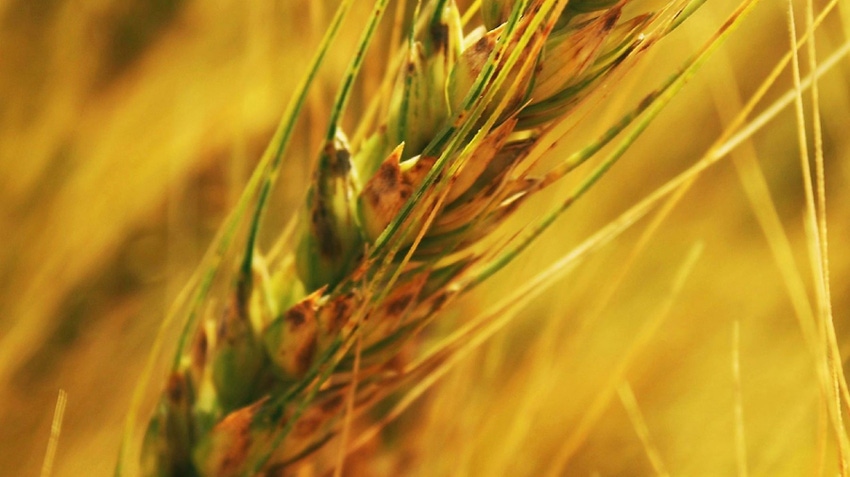August 24, 2023

Washington State University will develop a new test that could save wheat growers millions of dollars thanks to a grant from the Foundation for Food & Agriculture Research.
A diverse team of researchers and stakeholders from WSU and across the U.S. is developing a faster, cheaper, more accurate test that directly measures alpha-amylase, a protein that contributes to low falling numbers in wheat.
Falling number is a factor that helps define the quality of wheat for buyers. A low falling number, resulting from high alpha-amylase levels in the sample, significantly lowers the price growers receive for their product. The new rapid test will be calibrated to match the current falling number scale.
The three-year matching grant is $835,000 from FFAR, with additional support matched as either a combination of cash or from in-kind donations from industry and other sources.
The current falling numbers test, developed almost 70 years ago, requires taking a wheat meal sample, mixing it with water, then putting that mixture on a falling number instrument that heats water to boiling.
“You essentially make a gravy or slurry,” said Amber Hauvermale, a research assistant professor in WSU’s Department of Crop and Soil Sciences and lead on the grant. “Then you drop a plunger into the gravy and count, in seconds, how long it takes for the plunger to fall to the bottom. That number is the falling number. Samples with high levels of alpha-amylase, which is bad for baking, have much lower falling numbers.”
In the wheat industry, prices are discounted when falling numbers go below 300 seconds. In 2016 alone, low falling numbers cost the grain industry over $30 million.
“Low falling number events were something once seen every 10 years or so, but they are now happening more regularly, with some regions seeing events every two to four years,” Hauvermale said.
Testing is slow
The current falling numbers test is slow, can only measure two samples at a time, and requires expensive equipment to operate. Due to expense and logistics, most grain elevators don’t have a falling number testing system on hand, Hauvermale said.
That means wheat is mixed at the elevators, and problems are found much further down the supply chain. Containers with product from many growers may get hit with a bad test result, reducing everyone’s profits.
“We need a better test that can be used in real time at elevators to help separate loads of wheat that have low falling numbers,” Hauvermale said. “That reduces grower discounts, ensures customers get the best quality grain available, and consumers get high-quality end products like cakes and bread.”
Hauvermale has been working on this project since 2018, and she’s optimistic the team will provide the industry with easier, more reliable testing.
To develop the tests at an industrial scale, the research team is working with EnviroLogix, a company specializing in rapid tests for the grain industry.
“Every year, farmers hold their breath as they wait to find out if their wheat harvest passes muster,” said Angela Records, FFAR chief scientific officer. “By helping to detect low falling number early, this research is saving quality wheat from becoming animal feed and saving farmers millions.”
In addition to developing new rapid tests, the grant also includes two other important components. The first is to develop an early warning system to alert grain handlers to weather patterns likely to cause spikes in alpha-amylase. The second is to better understand the genetic regulation of alpha-amylase, to provide breeders with tools for breeding new wheat varieties that are less susceptible to low falling numbers.
Source: Washington State University
You May Also Like




